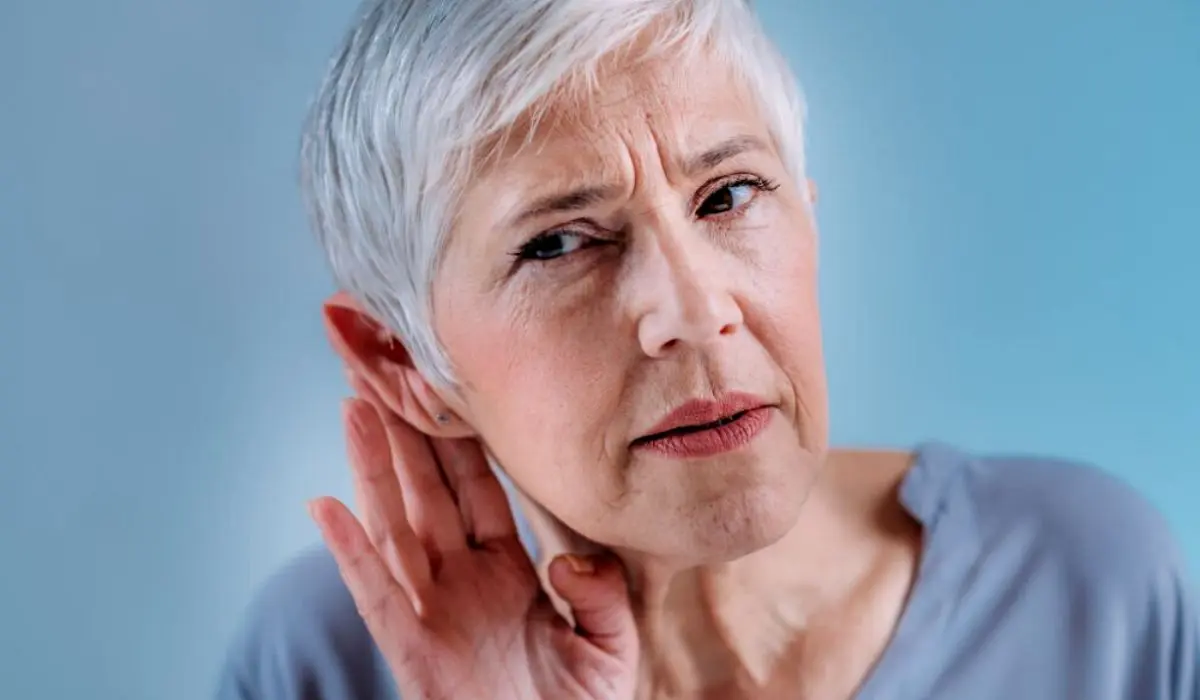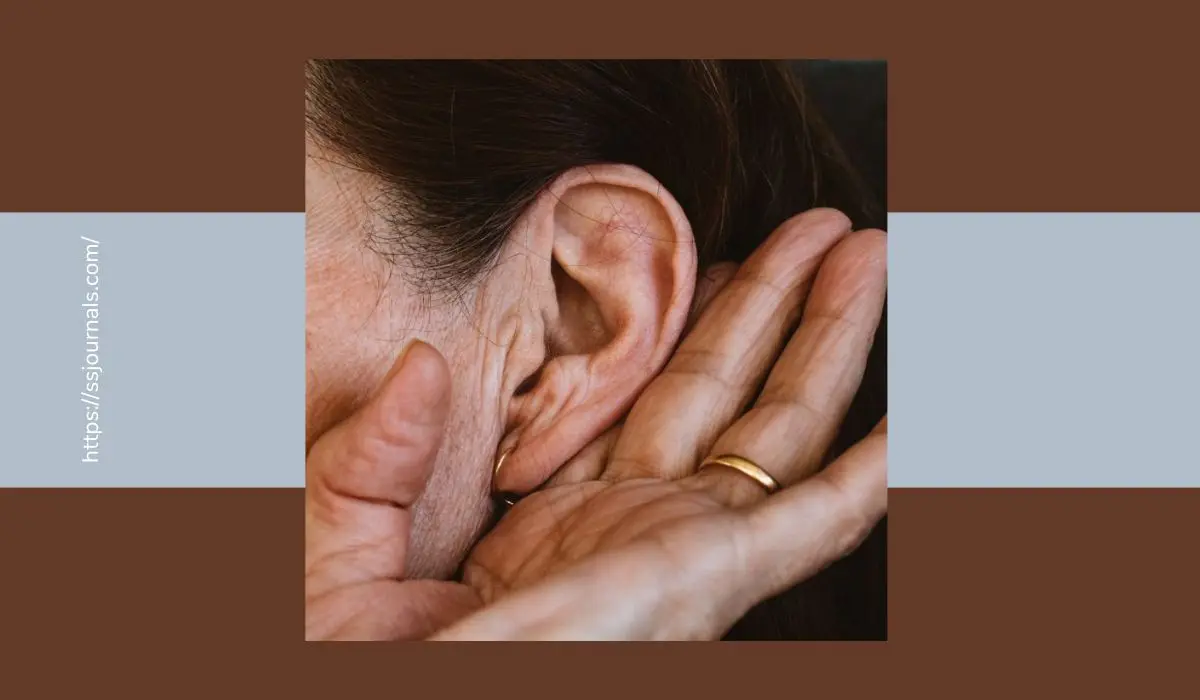Single-sided deafness is an issue that affects those with only one ear able to hear. It has a big effect on daily life, as it affects the ability to localize sounds and have clear conversations in noisy places. Here, we explore the symptoms and precautions of single-sided deafness.
Living with single-sided deafness can be hard. It can be difficult to hear conversations in noisy areas or understand where sounds are coming from. This can make people feel isolated and frustrated.
Single-sided deafness can also affect mental health. People may be anxious or stressed in social settings, as they can’t take part in conversations. This can lead to a lack of self-confidence and well-being.
Fortunately, there are precautions that can be taken to improve the quality of life. Hearing aids made for single-sided deafness can help by amplifying sound from the non-hearing ear and transferring it to the better ear.
Assistive listening devices (ALDs) can also be used in certain situations. These include FM systems and loop systems which make it easier to tell speech apart from background noise.
It’s important to get professional support from audiologists or otolaryngologists who specialize in hearing loss. They can provide helpful advice and personalized solutions.
Understanding Single-Sided Deafness
Single-Sided Deafness (SSD) is a condition where a person has complete hearing loss in one ear while having normal hearing in the other. This can lead to difficulties in localizing sounds, understanding speech, and feeling balanced. Living with SSD can be hard. But there are steps to manage it effectively.
It’s important to understand the impact SSD has on a person. For example, they may have difficulty figuring out where sound is coming from. This can cause disorientation and frustration, especially in crowded or noisy places.
Verbal communication can be hard too, as understanding speech from the non-hearing side can be difficult. So, medical help and lifestyle changes are necessary.

Exploring details about SSD reveals options for managing it. Assistive listening devices like CROS and BiCROS hearing aids can help regain directional hearing and better auditory perception.
Precautions can improve life with SSD. People should position themselves strategically during conversations, to ensure the working ear is facing the speaker. Reducing background noise, like using noise-canceling headphones, can help too.
Communication strategies are also beneficial. People should tell friends, family, and colleagues about their condition. Visual cues like lip-reading and sign language can help bridge any communication gaps.
By using assistive devices, optimizing listening environments, and communicating effectively, those with SSD can confidently navigate daily activities and improve overall well-being. It’s important to spread awareness and provide support for those with this condition.
Symptoms of Single-Sided Deafness
Single-Sided Deafness is a condition with hearing loss in one ear. It has a few symptoms that can change daily life. These symptoms can be managed with the right strategies.
- Localizing sound difficulty: It is hard to tell the direction of sound when you have Single-Sided Deafness. This makes it tough to talk in crowded or noisy places.
- Hearing imbalance: It causes a difference in hearing between both ears. It is hard to hear sounds and speech, making communicating difficult.
- Reduced speech understanding: It is hard to understand speech with only one functional ear. It is tough to catch subtle nuances in conversations.
It is also important to remember other unique details. For instance, Single-Sided Deafness makes it hard to find approaching vehicles when crossing roads. It is important to wear earplugs in loud places to protect hearing health.
Precautions For Single-Sided Deafness
If single-sided deafness is your reality, there are ways to manage it and make life better. To ensure communication, safety, and medical support, here are a few tips:
- Let people know you have hearing loss. Face them when speaking and ask them to be clear and slow. Visual cues, like lip-reading or sign language, can also help.
- Talk to a healthcare provider to learn about hearing devices like BAHA, cochlear implants, or CROS hearing aids. These can improve sound and localization.
- Noise can be hard to hear in. Avoid noisy places, and use earplugs or noise-canceling headphones when it’s unavoidable.
- Take extra caution when doing activities that require spatial awareness like crossing roads or driving. Mirrors or visuals can help.
- It’s ok to get psychological help adjusting to single-sided deafness.
Remember every experience with single-sided deafness is different. Get advice from an audiologist or otologist for something tailored to you.
To make single-sided deafness less of a challenge, remember: to acknowledge, inform, use devices, avoid noise, and be safe. Following these steps will help you live life to the fullest. Take care of your hearing health!
Read More:- All About Ear Piercing Health Benefits – A Closer Look!
Conclusion
Single-sided deafness can be very disruptive to a person’s everyday life, from communication issues to social isolation. It is a must to get the right support and treatment to overcome these struggles.
- Interacting with people with single-sided deafness can be enhanced by using communication tactics such as lip-reading and sign language.
- CROS or BAHA systems can help improve sound perception and localization for those with single-sided deafness.
- It’s a good idea to get psychological support and counseling to better handle the emotional effects of single-sided deafness.
- Education and awareness programs can increase understanding and acceptance for those struggling with single-sided deafness.
Everyone’s experience is different, but it’s critical to remember that with proper access to resources, those with single-sided deafness can thrive.
It’s important to remember that single-sided deafness does not define a person. With the right help and a supportive community, they can live a fulfilling life and reach their goals.

